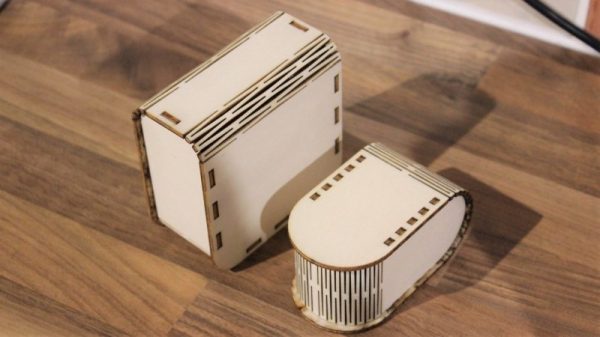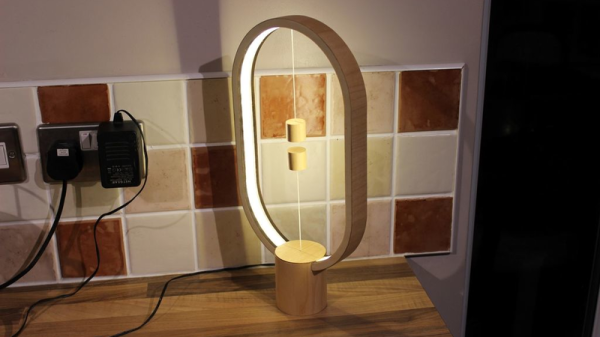Fair warning: when you post a video of you doing an incredibly tedious process like manually punching holes in a paper tape to transfer a MIDI file to a music box, don’t be surprised when a bunch of hackers automates the process in less than a week.
The back story on this should be familiar to even casual Hackaday readers. [Martin] from the Swedish group “Wintergatan” is a prolific maker of unusual musical instruments. You’ll no doubt recall his magnificent marble music machine, a second version of which is currently in the works. But he’s also got a thing for music boxes that are programmed by paper tape, and recently posted a video showing his time-consuming and totally manual process for punching the holes in the tape. Since his source material was already in a MIDI file, a bunch of his fans independently came up with ways to automate the process.
The video below shows what he learned from his fans about automating his programming, but also what he learned about the community we all work and play in. Without specifically asking for help, random strangers brought together by common interests identified the problems, came up with solutions, sorted through the good and the bad ideas, and made the work publically available. Not bad for less than a week’s work.
Continue reading “Ad Hoc MIDI To Music Box Project Shows Power Of Hacker Community”

















